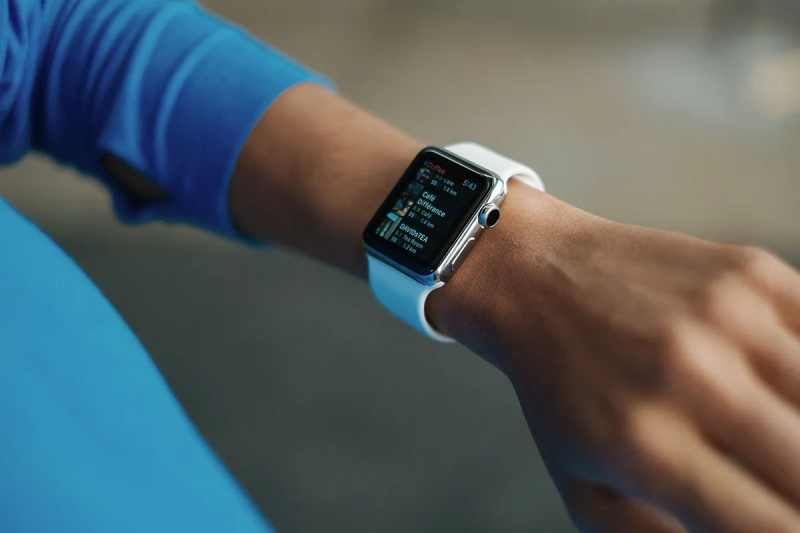
The hallmark motor fluctuations and levodopa-induced dyskinesia of Parkinson's disease (PD) are well-known. Traditional assessment tools like the MDS-UPDRS and patient diaries are limited in their effectiveness because of how difficult it can be to accurately assess motor dysfunction in patients due to the complexity of these symptoms. But as a recent study has shown, technology—more especially, smartwatches and a smartphone app—can be used to good effect for PD patients' two-week home monitoring.
In patients with Parkinson's disease (PD), long-term motor symptoms and fluctuations are frequently missed by traditional assessment methods. Despite being a personal document, patient diaries might not have precise time stamps and might contain bias in memory. However, even though it is widely used, the Movement Disorder Society's Unified Parkinson's Disease Rating Scale (MDS-UPDRS) can only provide a moment in time view of the patient's condition, failing to capture the dynamic nature of Parkinson's disease symptoms. These drawbacks emphasize the requirement for a more dependable and thorough monitoring tool.
A two-week period was allocated to the monitoring of twenty-one advanced Parkinson's disease patients using smartwatches and a smartphone app. In order to provide a complete picture of the patients' motor fluctuations, the technology collected both passive and active data. High adherence to the protocol was found in the study's results, proving that this strategy is feasible. Additionally, levodopa-related variations in motor symptoms were found to differ amongst individuals, indicating the possibility of individualized treatment regimens.
Electronic devices called wearable systems are made to be worn by the user in order to monitor and record health-related metrics like temperature, heart rate, and movement. These tools have been effectively used in the treatment of movement disorders to measure symptoms, support diagnosis, track the course of the illness, deliver care, and gauge response. Although wearables designed for research are more precise and dependable, commercial wearables are more widely available and less costly, making them more affordable for a wider range of people. The use of wearables to track Parkinson's disease is also encouraged by the National Institute for Health and Care Excellence.
One example of how smartwatches and machine learning can work together to transform the way Parkinson's disease is assessed is the ParkApp pilot study. With an emphasis on home-based monitoring, the study attempts to quantify the severity of Parkinson's disease (PD) using mobile wearables and machine learning. With this method, PD symptoms can be assessed more precisely and patients can take an active role in their care.
These latest advancements in machine learning and smartwatch technology represent a significant change in the way Parkinson's disease is evaluated. We can anticipate a time when patient-centered, accurate, and customized PD assessment is the norm as long as technology and healthcare continue to blend. Smartwatch-based home-based monitoring has enormous potential to transform clinical practices and provide individualized, comprehensive profiles of motor symptoms.